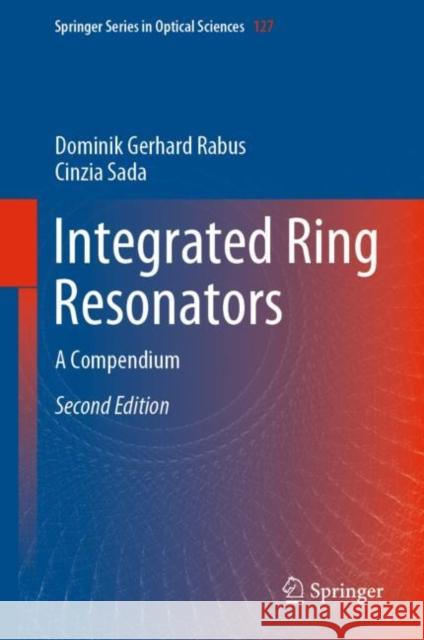Integrated Ring Resonators: A Compendium » książka
topmenu
Integrated Ring Resonators: A Compendium
ISBN-13: 9783030601300 / Angielski / Twarda / 2020 / 360 str.
Kategorie BISAC:
Wydawca:
Springer
Seria wydawnicza:
Język:
Angielski
ISBN-13:
9783030601300
Rok wydania:
2020
Wydanie:
2020
Numer serii:
000904296
Ilość stron:
360
Waga:
0.68 kg
Wymiary:
23.88 x 19.56 x 2.03
Oprawa:
Twarda
Wolumenów:
01











